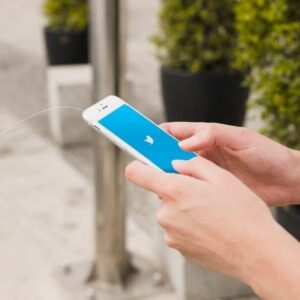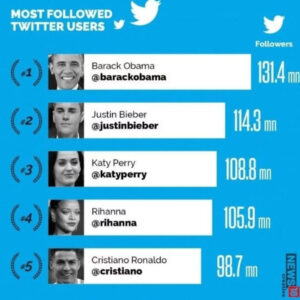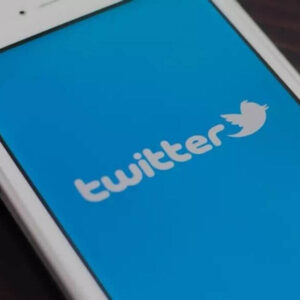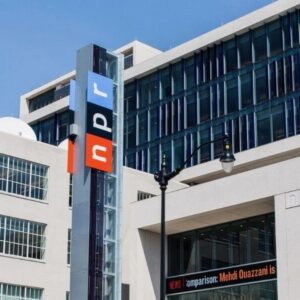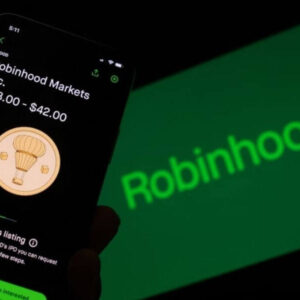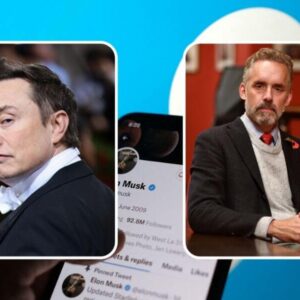Why did Elon Musk buy Twitter? Why did Musk sue Twitter? Twitter could die. That was the message from its new owner, billionaire Elon Musk, at a staff meeting on Thursday (Friday AEDT).
It was a startling admission from the renegade entrepreneur who had acquired the social media platform for $US44 billion ($66 billion) less than a month ago.
But in reality many of the decisions that Musk has made about Twitter since first expressing a desire to buy the company in April have left people dumbfounded. He has begun stripping the company down, firing thousands of workers, while also coming up with proposals to change the website seemingly on the fly.
Why did Elon Musk buy Twitter?
Musk’s interest in Twitter originates from the fact he is clearly addicted to the website. Like Trump (before he was banned), Musk tweets a lot.
Their shared love of tweeting is perhaps because both men get a notable thrill out of trolling opponents with putdowns and generating headlines with provocations. Musk is also close with Dorsey, who has become critical of what the company has become since departing late last year.
Musk says he got involved “to help humanity” improve free speech. “Free speech is the bedrock of a functioning democracy, and Twitter is the digital town square where matters vital to the future of humanity are debated,” he said this year

How did Twitter get into this mess?
Twitter was founded by NYU student Jack Dorsey and several others in 2006 as a simple social media website that allowed users to post 140-character messages on a public forum.
Along with companies such as Facebook and YouTube, Twitter typified a period that has become known in Silicon Valley as Web 2.0 – where users generated content for global platforms.
Events like the Arab Spring showed how powerful Twitter could be to giving a voice to users. But unlike other tech companies that later went public, Twitter’s business fundamentals always seemed to take a back seat to the need to respond to the hot-button political and cultural controversies of the moment. Fake accounts and scams have also hurt the company, whose core business is selling digital ads.
“[Twitter is] such a mess – it’s as if they drove a clown car into a gold mine and fell in,” Facebook CEO Mark Zuckerberg once famously remarked.
Led by Dorsey during two stints as CEO, the company’s content moderation policies and suspension of Twitter users became almost existential debates for free speech advocates and right-wing culture warriors. The debates culminated in Twitter permanently banning former US president Donald Trump last year after the US Capitol riot.
Twitter’s digital ad business was slowly recovering from the pandemic, but the company posted a $US221 million loss last year – a period when other digital ad behemoths Google and Facebook had record earnings. The company has not been profitable in eight out of the last 10 years.
Musk may have honourable motives, but the world’s richest man also clearly sensed a target. In April, he had built a 9.2 per cent stake in the company, in secret, becoming the largest shareholder.
The majority of Musk’s wealth comes from owning a 14 per cent share in Tesla and a large stake in space and satellite company SpaceX, which remains private. According to estimates, Musk is the wealthiest person in the world ahead of Amazon’s Jeff Bezos.
When Musk’s large position in Twitter was disclosed, the company’s new CEO, Parag Agrawal invited Musk to join the board.
Over the following days, Musk began discussing changes to the company with Agrawal and Twitter’s executives. Those talks broke down over key issues, particularly the company’s content moderation policies which Musk believed were too heavy-handed.
He also believed the company did not have a hold on the spam and fake account problem.
Seemingly frustrated and buoyed by the share price of Tesla, Musk lobbed a hostile bid to buy all of Twitter for $US43 billion, which was a 38 per cent premium at $54.20 per share.
The entrepreneur had lined up $US13 billion in debt financing with banks, secured against Twitter, committed himself to selling Tesla shares, and also found large financial commitments from wealthy friends and associates who would take equity stakes in the proposed private Twitter.
Agrawal and the Twitter board accepted the offer, with Musk signing a binding merger agreement in April.
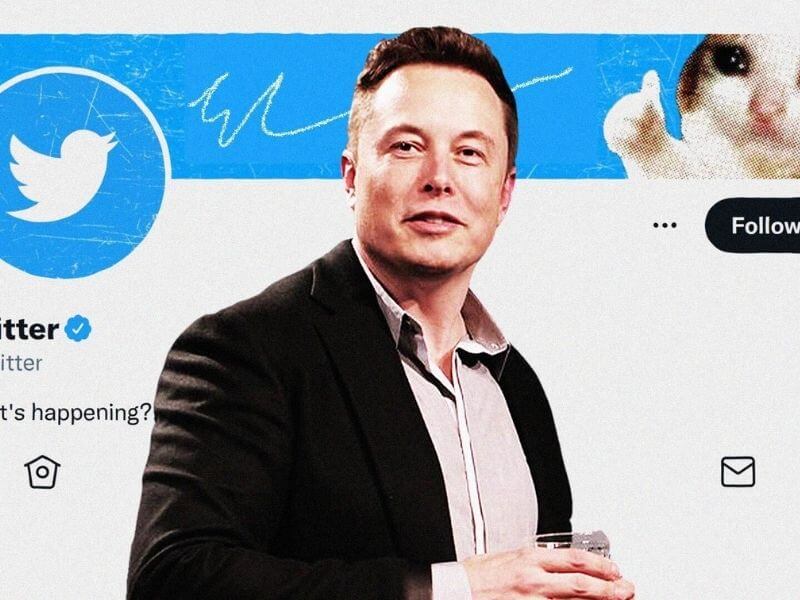
Why did Musk sue Twitter?
Then global markets tanked. Surging inflation caused central banks to lift interest rates. Large tech stocks, particularly those in the same business as Twitter, such as the photo and messaging company Snapchat, fell sharply.
Sensing he would now be drastically overpaying for the company, Musk tried to get out of the deal, declaring the agreement worthless. In June, Twitter took the unusual step of suing Musk to complete the deal at the agreed price tag of $US44 billion.
That set the stage for a bewildering legal fight between Musk and Twitter, which was suing someone to force them into buying the company they no longer wanted any part of.
Musk’s lawyers tried to argue he was deceived by the company’s executives, particularly when it came to the number of bots on the website. But legal circles noted Musk had signed the agreement without doing any due diligence and faced an uphill battle at a subsequent trial in a Delaware court.
Before being deposed by Twitter’s lawyers, Musk relented. He agreed to buy the company and walked into Twitter’s San Francisco HQ holding a sink. “Let that sink in,” he later joked, referring to a popular meme on Twitter.
What changes has Musk already made?
Musk’s most immediate changes to Twitter involve making deep cuts to the company’s workforce. Only days after entering the building with several of his associates, Musk began sacking employees, and there are fears up to half of Twitter’s 7500 global staff could lose their jobs
He dismissed the company’s board, and fired Agrawal and other top leaders in a move intended to wipe out pending compensation for those executives. Deep cuts were also made to teams working on content moderation, legal and communications.
One source said the job cuts appeared to be focused on areas which were bugbears for the new owner, suggesting the layoffs were “pretty vindictive”.
Many of the most significant changes that Musk intends to make to the Twitter product remain in the works.
Central to Musk’s Twitter is charging $US8 per month to be verified and get an infamous “blue tick”, which looks set to be rolled out in the coming months. He claims the verification changes will be key to fighting the problem of bots and fake accounts that pollute Twitter.
He also tweeted that giving anyone the chance to get a “blue tick” would give “power to the people” and better prominence on the website. But critics fear the strategy will fracture the website among those who can and cannot pay for verification.
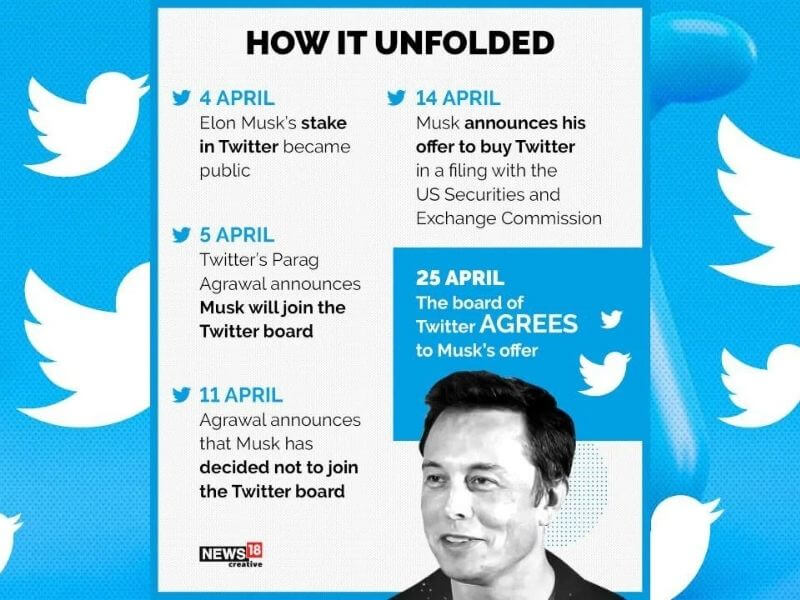
Above is information about Why did Elon Musk buy Twitter? Why did Musk sue Twitter? that we have compiled. Hopefully, through the above content, you have a more detailed understanding of Elon Musk buy Twitter. Thank you for reading our post.
